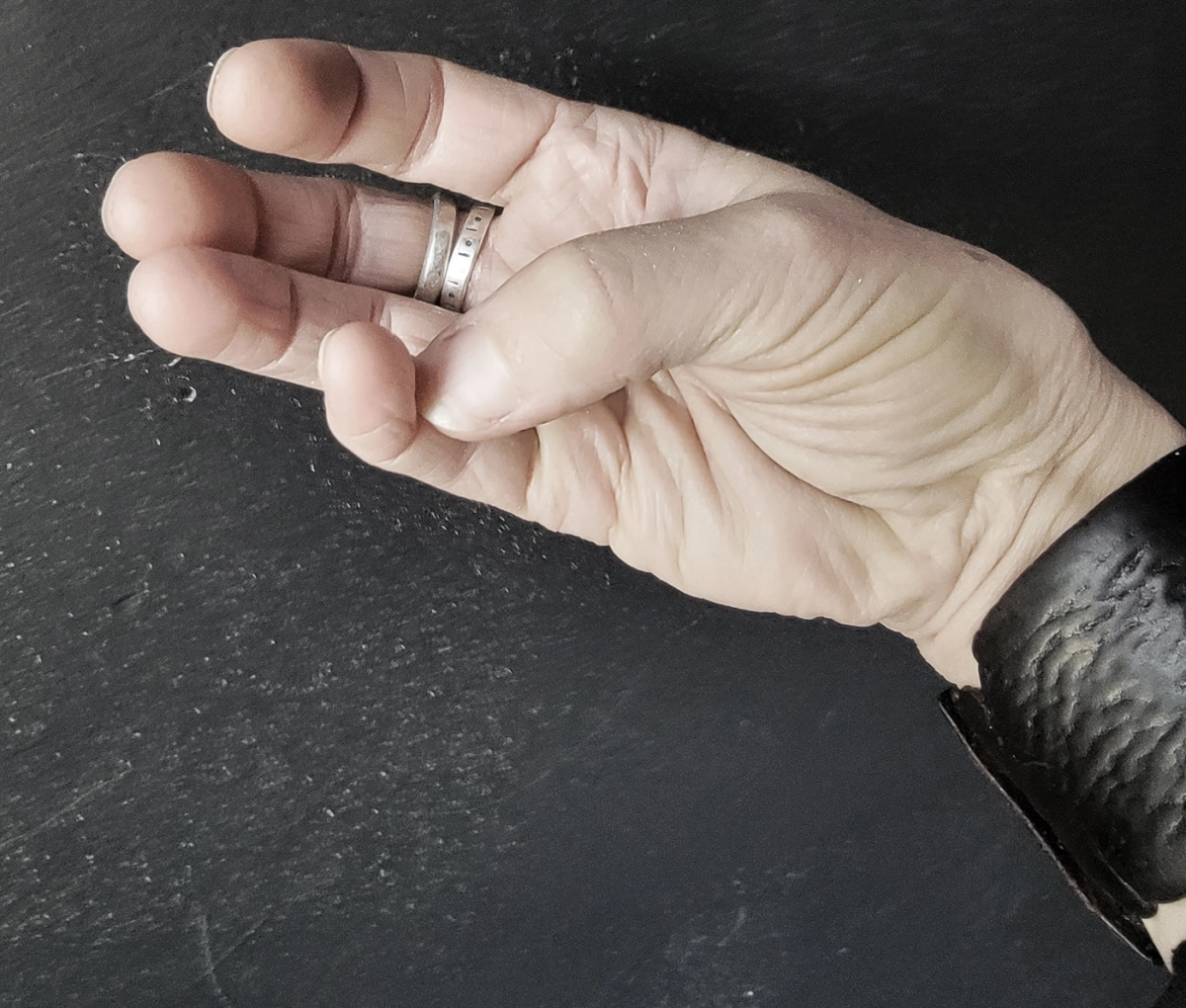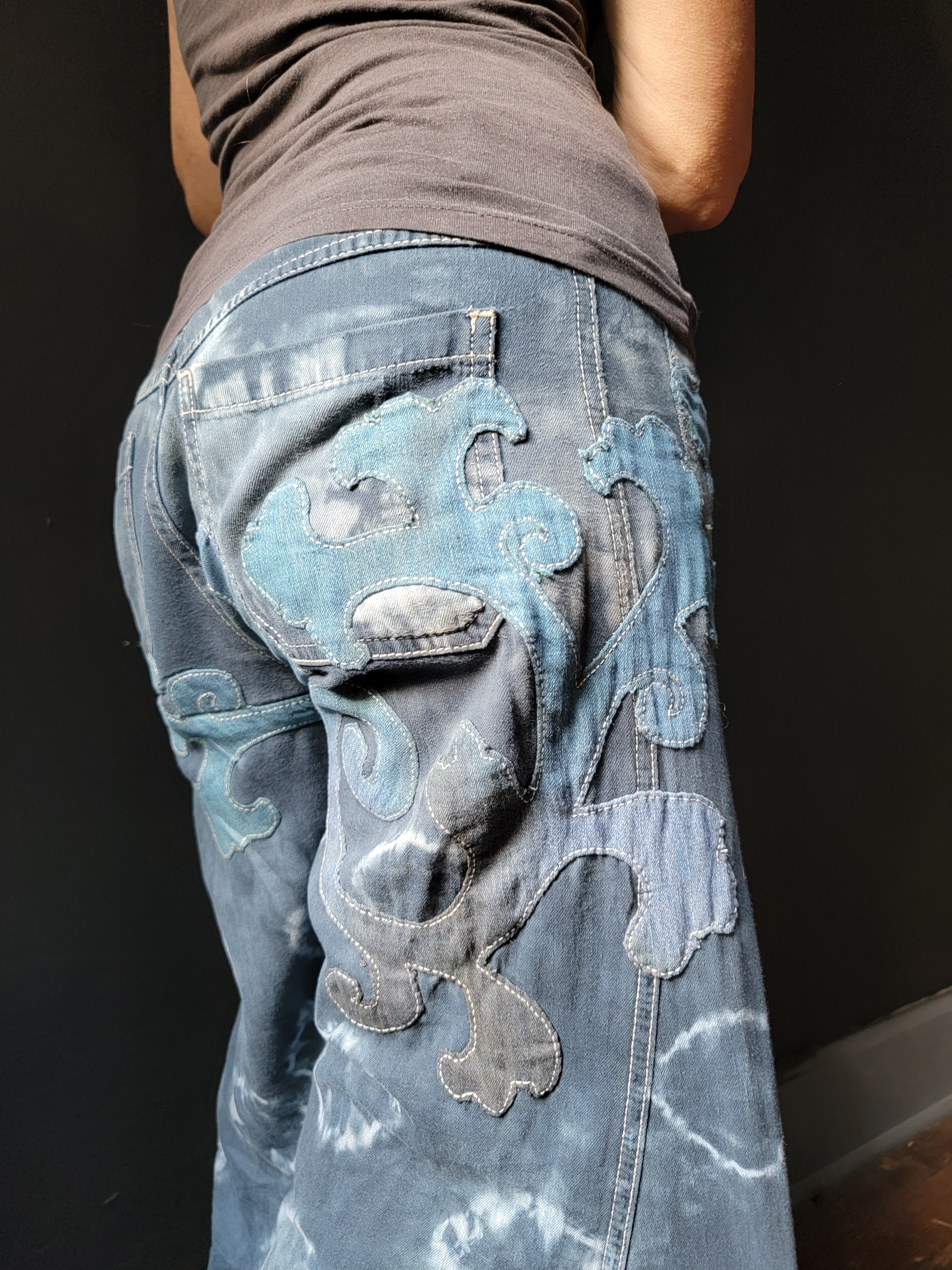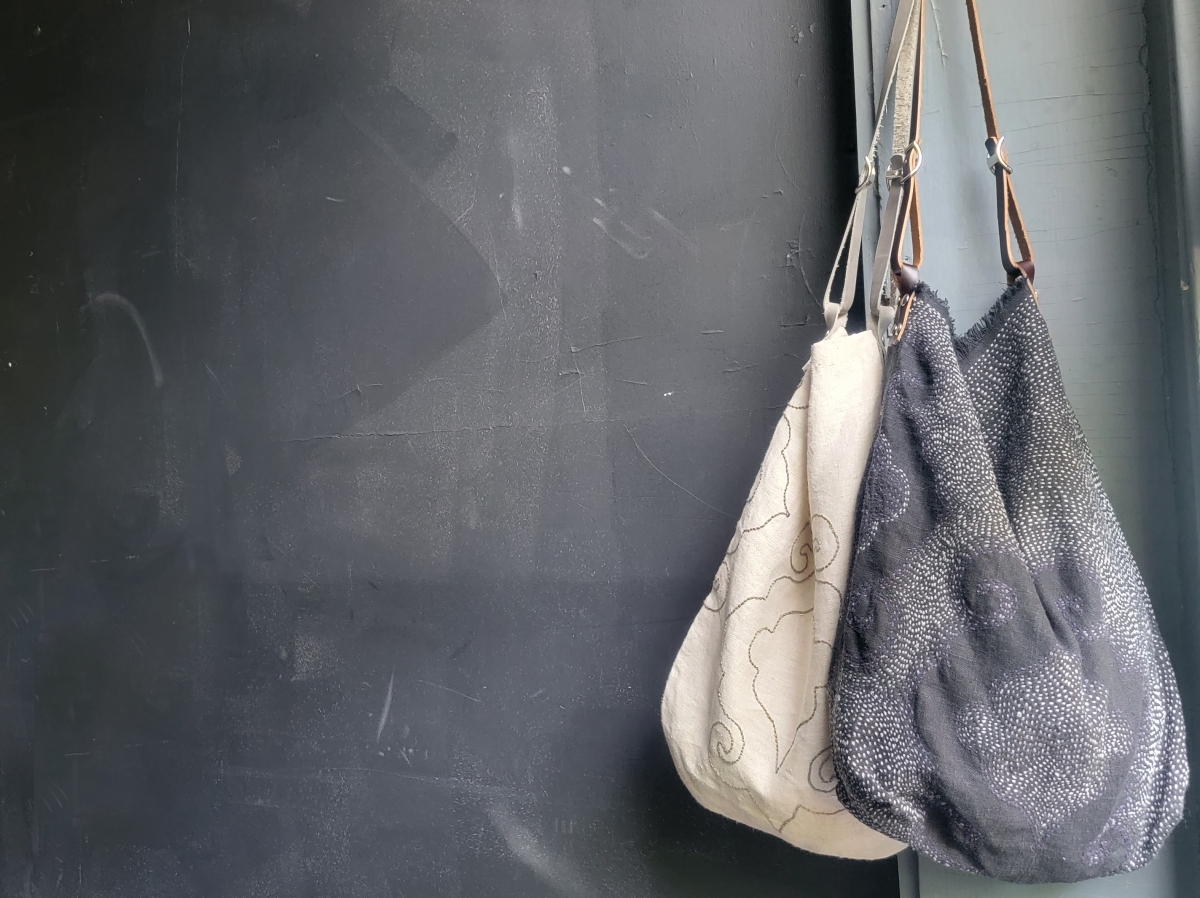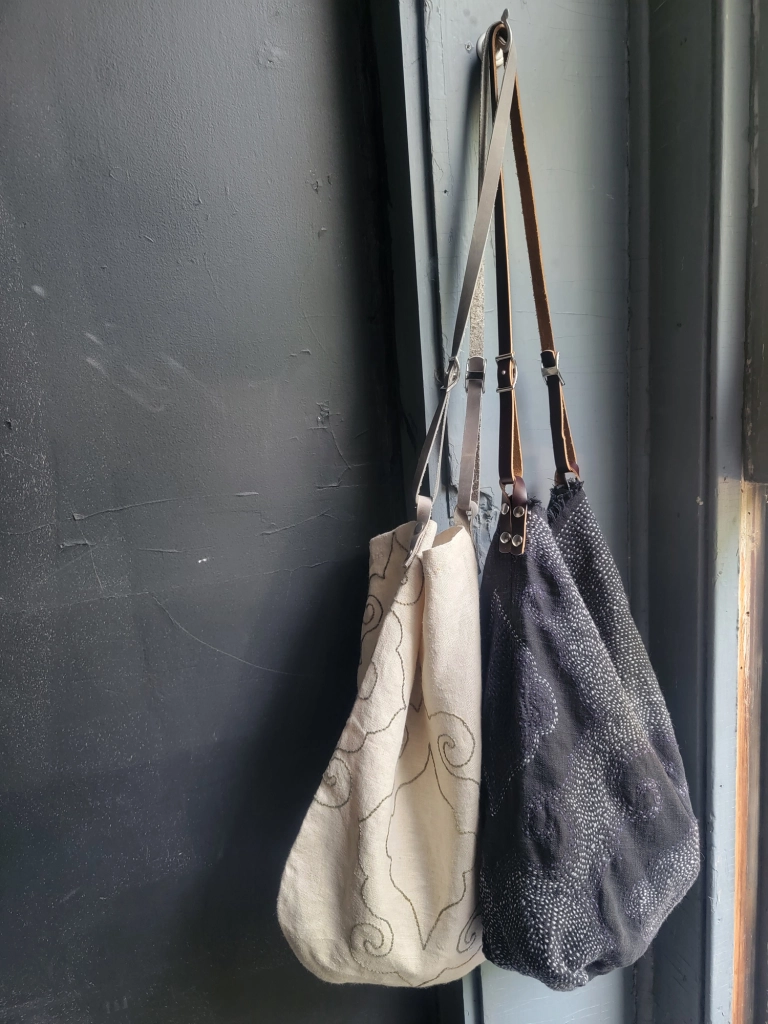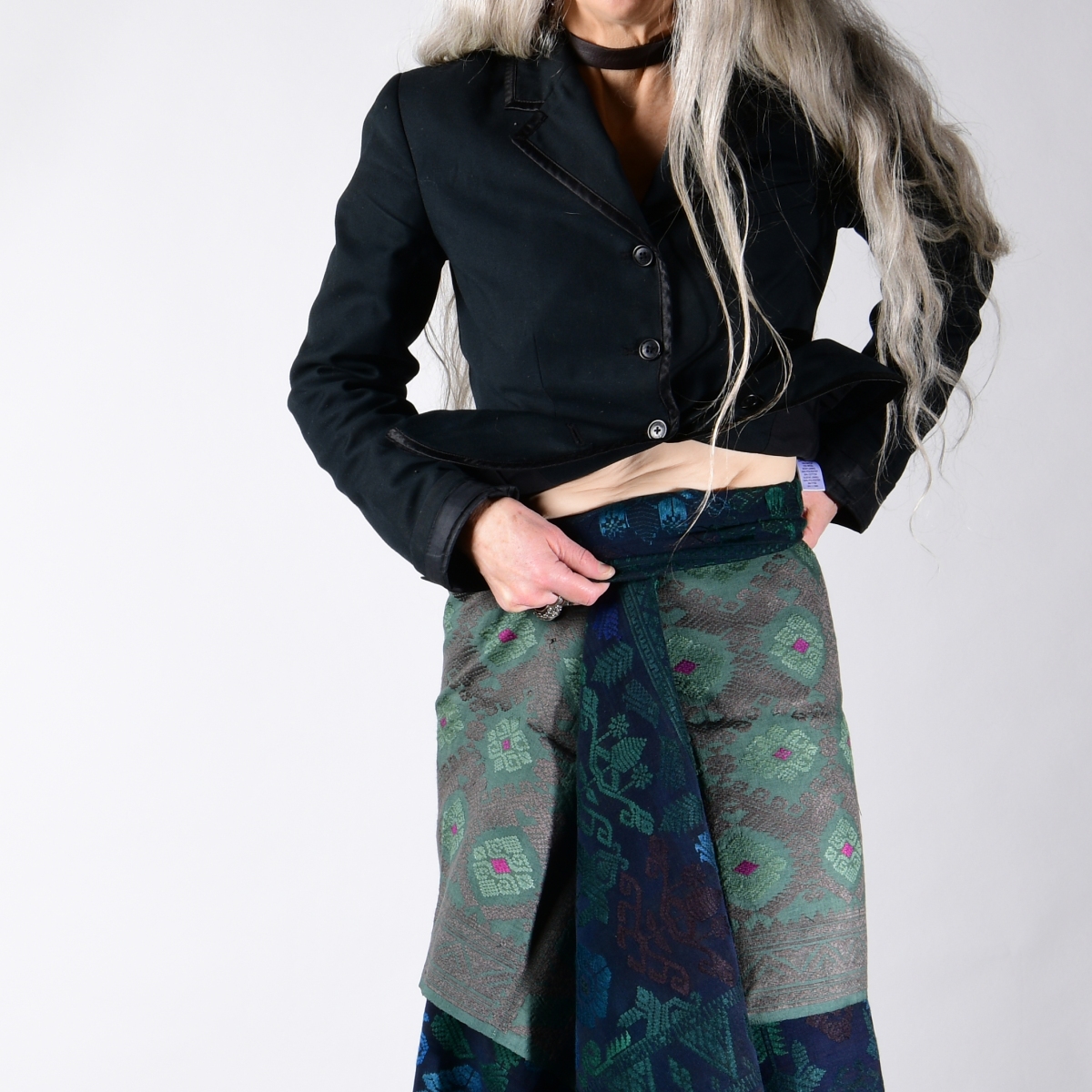It was early in my fieldwork. I had been in Bali a few months only and was staying in Denpasar, the capital city of Bali in the central south of the island. My project involved dance, my hypothesis being that teachers’ physical manipulations of children’s bodies when they were learning to dance was an active gendering process as girls learned the female dance-form (igel luh), boys the male dance-form (igel muani), and both boys and girls strayed into the interstitial form that combined male and female styles of movement, the androgynous dance-form (igel banci). Nyoman, who had been proffered to me as an academic guide by the head of the Anthropology Department at Udayana University, the main higher education institution on the island, was helping me to find someone willing to talk to me about dance.
I wanted a master dancer who had not been part of the arts institutions on the island, but rather someone who had an indigenous experience, unmediated by imported educational models. And I wanted someone who was teaching Balinese children to dance, not tourists from Japan or Germany. Nyoman took me to Karangasem – the eastern-most part of Bali – following a lead from someone he knew. It took us hours to get there because the roads are narrow with multiple areas of switch backs to get around the peaks and troughs of the landscape. Once we arrived in Karangsem we meandered, going first to one village to talk to someone who told us to go somewhere else. These quiet, self-conscious conversations were held in Balinese and were tinged with the sense of status-anxiety and language-awareness that comes from being a commoner speaking to Brahmins in their own houses in an unaccustomed register, asking them for their help.
We finally ended up in the village of Abang, at the house of the man who would become one of my teachers – Ida Made Basma, a Brahmin and a dancer and ritual specialist after he retired from being a public school teacher. When we got to his house, Ida Made’s eldest daughter told us he had gone to dance in a village on the coast. So we went to search for him and finally found him; the little temple where he danced was at the end of a dusty track between fields, almost at the edge of the ocean. It was very hot.
I don’t remember exactly how the initial approach and introduction happened. Balinese was still mostly sounds to me as I was not yet able to discern where the words began and ended. Nyoman would have explained our objective in coming to that village and described our search for Ida Made Basma. That is how it happened. I was with a man who wanted to talk to a man, so I ended up in a room amongst men grappling with the problem that Nyoman and I wanted to enter the temple to watch Ida Made Basma dance and we didn’t have sarongs. It was proposed that we watch from outside the temple wall. Perhaps we should have done that. Probably it was me who wanted to be inside rather than outside the temple wall, standing on a cinder block in a dry field and no shade. And of course I would not have this story to tell you if we had done that.
Temple attire is both specific and non-specific: the lower half of the body must be covered with kain (the 2 meters of fabric we are calling a sarong even though, in Bali, the term sarong refers to a tube of fabric rather than a length of cloth); a sash must be worn to separate the upper half of the body from the lower; a chest covering must be worn[1]. Within these non-specific parameters, ritual dress differs according to gender and varies by status, wealth, personal taste, and current trends (a Western notion of tradition suggests fashion should not operate but it does).
I was with a man who wanted to talk to a man so I ended up in a room amongst men now tasked with lending me a sarong so I could watch the dance performance from inside the temple. Sometimes I wish I had a photographic memory, or even better, a cinematic memory from the perspective of an Emmersonian, all-seeing Eye, that could record precisely the event from multiple perspectives with internal monologue voice-overs so that I could watch it all, hear (and understand) the thoughts of all of the actors. But I only have my own cobbled together blurry recollection and this event has been coming back to me in vague impressions as I have been thinking about it, pulling details into focus in pieces. The risk is that I have made things up in the interim, filled in gaps with things that never happened. Maybe there would be no harm in that. Maybe I am the only one who remembers this event. Or maybe many people in that village remember that day and what happened because it is the only time a white woman ever showed up out of nowhere to watch a short, unremarkable dance performance by Ida Made Basma from Abang.
I remember Ida Made vomited. I remember Nyoman commented that there was something going on “ada sesuatu,” which I didn’t fully understand at the time but now think probably indicated that Nyoman saw Ida Made’s queasiness in spiritual terms though it can also be argued that it had to do with the heat and his having previously ridden in the back of a truck down to the coast on the switchbacks that snake through the most spectacular and magnificently steep rice terraces on the northeast flank of the volcano Agung.
I was a white woman with a Balinese man who wanted to talk to another Balinese man so I ended up in a room amongst Balinese men now tasked with lending me a sarong so I could watch the dance performance from inside the temple. Nyoman was handed a sarong and he put it on, rolling up his pants legs so they didn’t show below the kain. I followed Nyoman and started to roll my pants up. I was so confused. One of the men got out a length of kain for me, and a sash, and started to dress me in it. He held the sarong in one hand, reached his arms behind me, and started the sarong at the back with volume on either side in both hands. He adjusted how much fabric was on my left and my right.

Women never wear their kain draped in the front like this.
He placed the left-side fabric first so that it covered me to my right hip bone. Then he placed the left-side fabric so it was overlapping in front, letting a length of it hang down, then rolling the waist down. The man wrapped my borrowed sarong like a man’s.

Nyoman just stood there not saying anything. The other men stood and watched. I don’t know if they conversed or not. I didn’t understand it if they did so I would have nothing to remember except a murmur and I can make that up in my brain but I can’t say whether it happened like that.

As our host awkwardly dressed me I felt more and more agitated until I couldn’t stand it anymore and took the whole thing apart and re-wrapped myself as a woman.

My confusion and agitation at being in a room full of men and dressed by a man as a man is what I remember about that day. There are times when no one knows what to do, when categories have been violated and everyone tries in some way to make the world adhere to a cosmo-logic that has already broken down. Maybe there is a more compelling way to think about this. Perhaps it’s not that categories were violated, which sounds so passive, as though such things just happen without anyone’s agency. Perhaps, instead, we were all actively engaged in constructing my (gender) identity (is that the right word? I’m not coming up with a better one at the moment; at least it begins to capture elements beyond gender, which can’t have been the only classification operating at the time) in different ways depending on how we understood me and the way I fit into available (combinations of) categories.
I didn’t/don’t know if the man dressing me thought I was a man or if he was purposely making me into one using the sarong or if he thought I was a woman and so didn’t understand why I was in the room with the men, so there must be something he didn’t know that made it make sense to dress me like that. Hadn’t I just rolled my pants legs up just like Nyoman? Didn’t I let him dress me, thereby showing I didn’t know what to do or how to do it, demonstrating I needed construction? So was it that the man who dressed me felt like it was what he had to do? I know he was hesitating. Am I making that hesitation up? It was a long time ago.
In Bali, social life, most definitely village life, is sex-segregated. The shadow of sex-segregated patterns of interaction and work continue to operate even in contemporary contexts where people have migrated away from their ancestral villages and communities and young men and women mix socially in non-traditional ways in culturally and religiously non-homogeneous, semi-urban environments. But in general, men associate with men. Women associate with women. Work is gendered. And yet there is also a flexibility to these complementary symbolic categories. The in-between, combinatory subject position has a name I’ve talked about before– banci – and represents a legible social location, not just a dance form as I mentioned previously. I thought I understood banci, but I realize, as I write this, that I don’t think I do. I understand it in the abstract. It is performative. But how does banci work when a person has chosen to occupy that position (role? Is it a role?) not just for the length of a dance, but for the duration a life? Where and how does a banci person dress to enter a temple to watch a dance performance?
At a point when I was well into my field research, I asked a man (I’ll call him Pak T) I knew in the village where I ended up living if he ever knew of a banci person there. I had heard from the man who lived next door that there was a banci person in the village in the past but no one else seemed to know anything about it so I was not sure. Pak T said that when he was a boy, there was a banci person who dressed as a woman and did women’s work alongside women but bathed in the river with the men and had a penis the size of a bean. As Pak T explained this, he showed me the tip of his little finger to help me visualize the size of the bean, his thumb nail pressed into the first joint. This fact of the bean-sized penis was presented as the defining detail that explained everything; the social followed the physical.

Upon re-reading the previous paragraph I suddenly doubt my final sentence. Maybe showing me his little finger to visualize the size of the bean was not at all intended as an assertion that the banci person was banci because s(h)e had a bean for a penis, and thus would never be able to inhabit fully the social role of a man by marrying and having children. Maybe, behind the gesture coupled with the observation that s(h)e bathed with the men, Pak T’s point was simply that having a penis and not a vagina, even if the penis was only the size of a bean, is what determined whether s(h)e bathed with men versus women but didn’t necessarily determine anything else. It was bathing with men and at the same time living and working as a woman that determined the categorization banci. Otherwise s(h)e would simply have been a man with a penis the size of a bean who would have never married as a result.
Either I didn’t talk to anyone else about it after that or nobody else knew when I asked as I don’t recall any other accounts. If I were to go back and ask now, would anyone still be alive who would remember? That was over two decades ago. (The last time I went home to Karangasem three years ago, I searched out the new house of my friend Dayu Padmi after I found my old village deserted; I guessed that everyone had gone to a cremation, as it was the (dry) ritual season, but it almost felt like everyone had died. Dayu greeted me warmly, brought a mat for me to sit with her on the veranda, served me coffee (coffee is considered a male drink but she knows I don’t like sweet tea), and began to tell me about everyone who had died since my last visit. She is not the only one who starts with the dead instead of the living. The list of the dead always feels too long and the dead too young when they died.) Elders often don’t tell their stories to their children and children don’t ask. I have frequently been the only one who has ever asked. How long, then, does a lone banci in the recent history of a village stay alive in the collective memory?
I was a woman who had been brought by a man into a male space. Did simply being in a male space position me as male, making it imperative that my sarong was wrapped as a man? Is that what happened?[2]
Had I been a Balinese woman, I would have been led into female space and been given a sarong to wrap myself as a woman. I can theorize that I was a novel being so, as an unintended result, was granted an opportunity to slip into an interstitial space and occupy a liminal position. But that theory only works from my perspective. Maybe I missed a cue and stayed with Nyoman when I should have accepted an invitation I missed to go with the women. Perhaps the men in that room didn’t understand what I was even though I thought they should as it was obvious to me that I was a woman. Did the very fact I entered the room at all, an action taken because I didn’t know where I was going or what was happening, categorize me as male?
Maybe I wasn’t a woman. I walked in dressed in pants (male) and a loose jacket (male) with a big bag (male) having travelled from far away (male) to do research on religion (male). I was very skinny at the time so my body didn’t telegraph femaleness. I wore my hair long, pulled back in a knot; I viewed my hair as female but artistic men and men who have become ritual specialists don’t cut their hair and wear it long, pulled back in a knot. How can we know how others see us, even in familiar environments, let alone contexts where we aren’t yet able to discern the array of categories available, and so can’t intentionally choose to occupy one over others? We think we are legible. But maybe we are not.
The men in that room couldn’t have known (maybe they wondered?) whether I was a person with a penis (the size of a bean?) who dressed as a woman, did women’s work, but bathed with men and so dressed with the men to enter the temple even though s(h)e wore a sarong like a woman, which is exactly what I did when I found myself in a room amongst men because I was with a man who wanted to talk to a man and we had to borrow sarongs so I could watch a dance performance without standing on a cinder block, in that heat outside the wall of the temple.
[1] Unrelated to attire, a woman must not be menstruating; if a woman just finished menstruating – menstruating considered to take three days – she must have washed her hair before she can enter a temple.
[2] In Bali, I studied esoteric topics and old palm-leaf manuscripts, both of which were gendered male. When I did learn to dance, Ida Made Basma insisted on teaching me the male dance-form (igel muani). I was sometimes described as keras, hard, or tegang, intense, relatively male characteristics, though they didn’t completely exclude women. Nyoman once said to me – you are really just a man.

